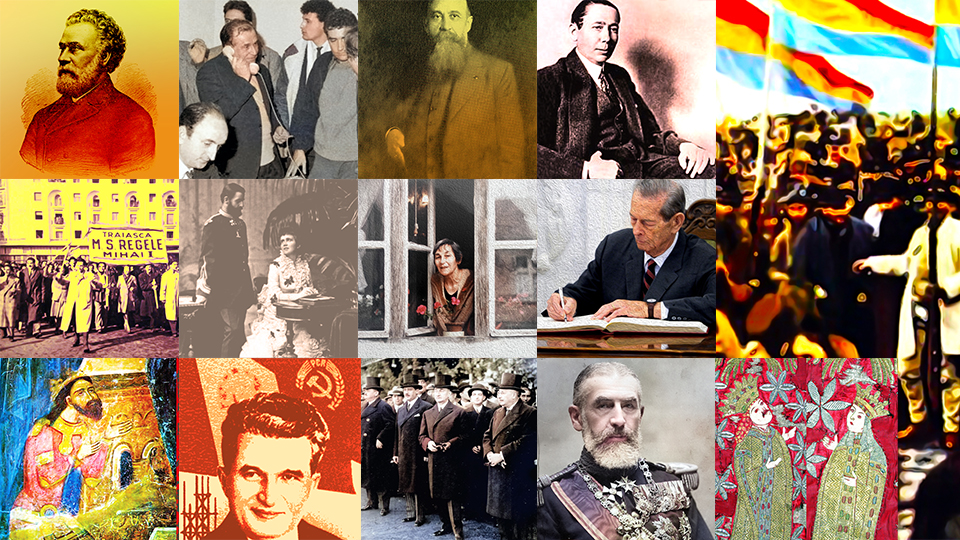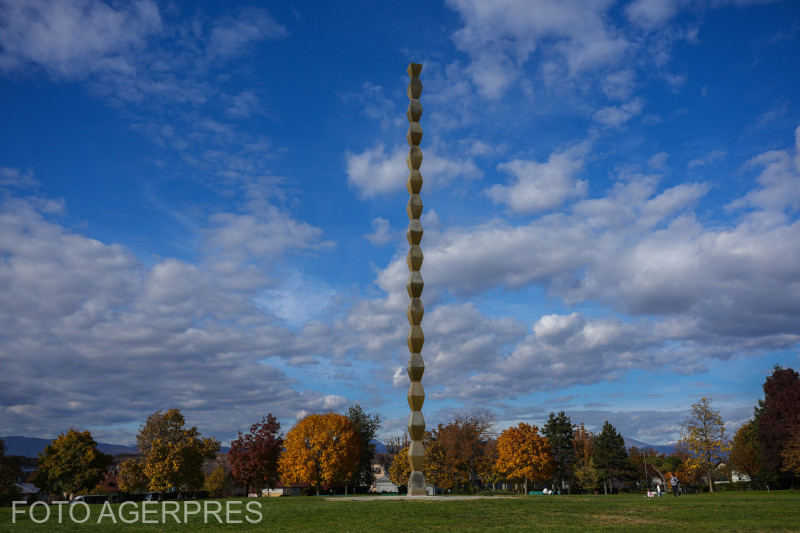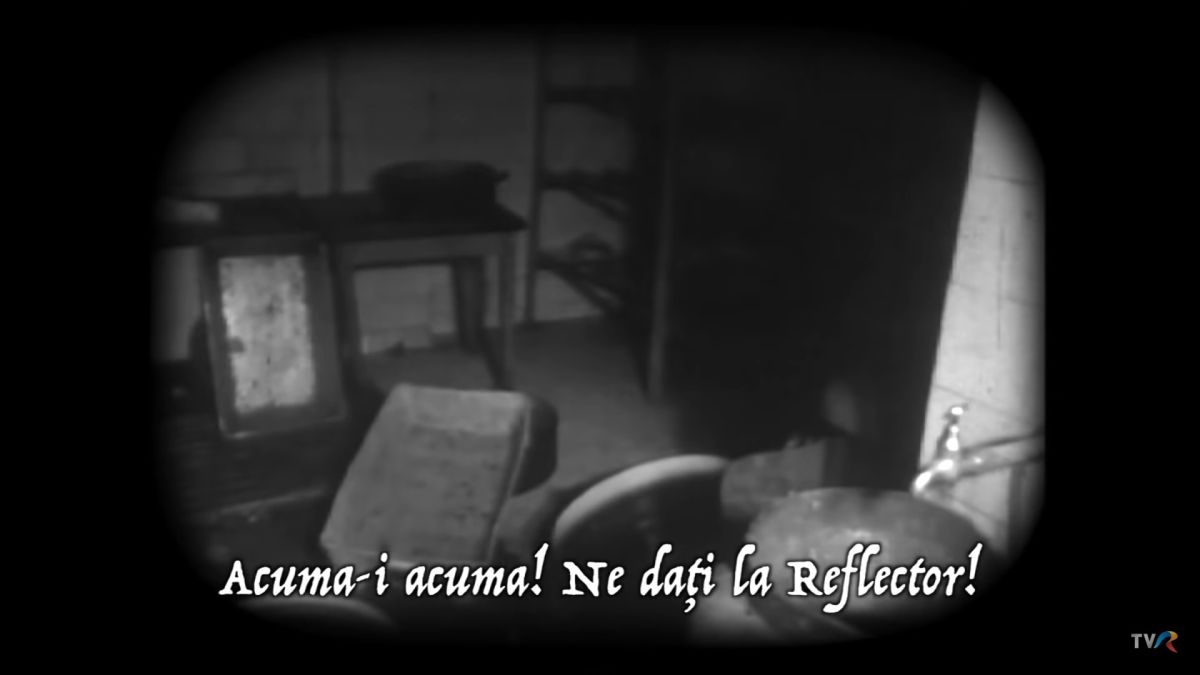The Culianu murder investigation
Romanian-born US scholar, academic and author Ioan Petru Culianu's assassination, still shrouded in mystery

Eugen Nasta, 09.09.2024, 14:00
On May 21, 1991, at around 1 P.M., the reputed professor of the history of religions and writer Ioan Petru Culianu was found dead in a toilet in one of the buildings of University of Chicago. Aged 41, Culianu had been shot at the back of his head by an unknown assailant. Despite thorough inquiries, the killer or killers were not identified, and the crime remains a mystery to this day.
Ioan Petru Culianu was born in Romania, in Iași, on January 5, 1950. He came from a family of intellectuals, part of the Romanian elite involved in the establishment of the modern state from the mid-19th century. A philologist by training and a polyglot, Culianu moved to Italy in 1972, where he specialized in the history of religions. He then moved to the Netherlands and, in 1986, he emigrated to the USA. He helped mentor the renowned Romanian historian of religions Mircea Eliade, with whom he nurtured a close friendship.
The two fell apart when Eliade’s fascist past was revealed to the public. Culianu authored over 20 volumes of history of religions and fiction in several languages of international circulation, while his life and works have been the topic of 17 volumes.
The authors who have so far written about Culianu’s death have released several theories, the most circulated ones referring to the involvement of the former communist secret police, the Securitate, or of and members of the Romanian fascist exile. The last such volume was published by the American academic and historian of religions, Bruce Lincoln, and is titled “Secrets, Lies, and Consequences: A Great Scholar’s Hidden Past and his Protégé’s Unsolved Murder”.
A student of Mircea Eliade in the second half of the 1960s, Lincoln also writes about Culianu’s death, launching a new hypothesis. The historian of religions Moshe Idel, a professor at the Hebrew University of Jerusalem, believes that the mystery that still looms over Culianu’s death could also be explained by the accusations facing the former communist secret police, which were never given a reliable explanation.
“Many years ago, I had a talk with the president of Romania, Emil Constantinescu. And I asked him why he did not clarify this matter. He told me very bluntly there was nothing he could do. Hence the crux of the situation: if Culianu had been assassinated by the Securitate or the Iron Guard, of course they wouldn’t acknowledge it. Whoever wants to confess to a crime? When the FBI closed the case after years of investigation, we were left with an unsolved investigation. So, all we can do now is wait for a miracle to happen, for someone to write his memoirs or confess to the crime. To make a confession, so to speak. But, in the meantime, Romanian intelligence refuse to discuss the case, or simply say ‘we had nothing to do with Culianu’s assassination’, which would have shed some light on the matter”.
The historian Sorin Antohi, who, together with Moshe Idel, started a debate on the mystery of Culianu’s death, believes there are still many hurdles that make it difficult for this case to be shed light on.
”The family took some steps to that end right after that happened, but it was to no avail. There are various people who took steps to that effect, the crew of American filmmakers who put pressure on the authorities, by dint of the legal right to have access to information. They didn’t get more than we did, namely access to declassified yet anonymous pieces of information. There are hundreds of thousands of pages that were posted on the Internet by the American authorities, but they are completely blacked out. Perhaps there is this document where we might find a word, there is that document with another word, but in the texts, they are totally anonymized.”
In the aforementioned volume, Bruce Lincoln has launched a new hypothesis pertaining to Culianu’s death, namely that of the involvement of Mircea Eliade’s wife, Christinel Eliade.
Moshe Idel is not so sure such a hypothesis is valid, yet he does not rule it out either.
”In ’98 I wrote an article about an unknown family in Chicago. Bruce Lincoln quoted this article I have no problem with him doing that. But I wasn’t there, I didn’t see Christinel, I know she was an antifascist. What is new in Bruce Lincoln’s contribution, that is not so clear. I believe what he says has no proof, his speculation is bigger than my speculation and I cannot prove who perpetrated the assassination. I have a hypothesis, but his hypothesis is even more intricate so I do not want to get Christinel involved because I do not know much about her life and about what she did after Eliade’s death. I do not know her life, Bruce Lincoln saw her, so he he has his advantage over me. But I say I am not convinced by what he says and I am not convinced he is also convinced. What does he say? That, having a look at the photo where Culianu and her can be seen one can say she kind of holds a grudge against him, and that is visible..”
Three decades on, Ioan Petru Culianu’s death still remains a mystery. And it is likely for the case to be just another unsolved case among many cases of the same kind.






























